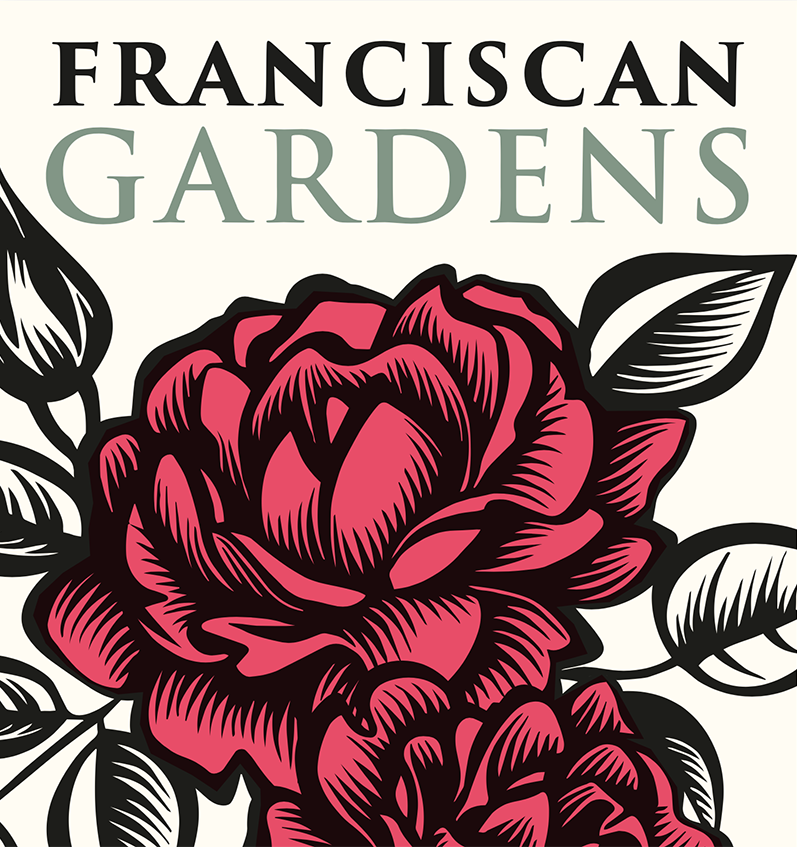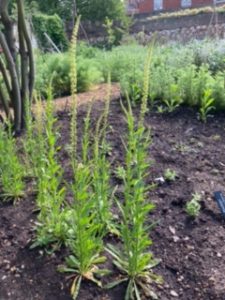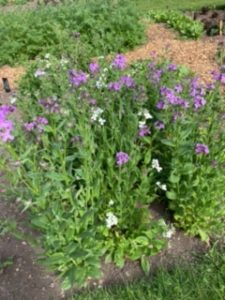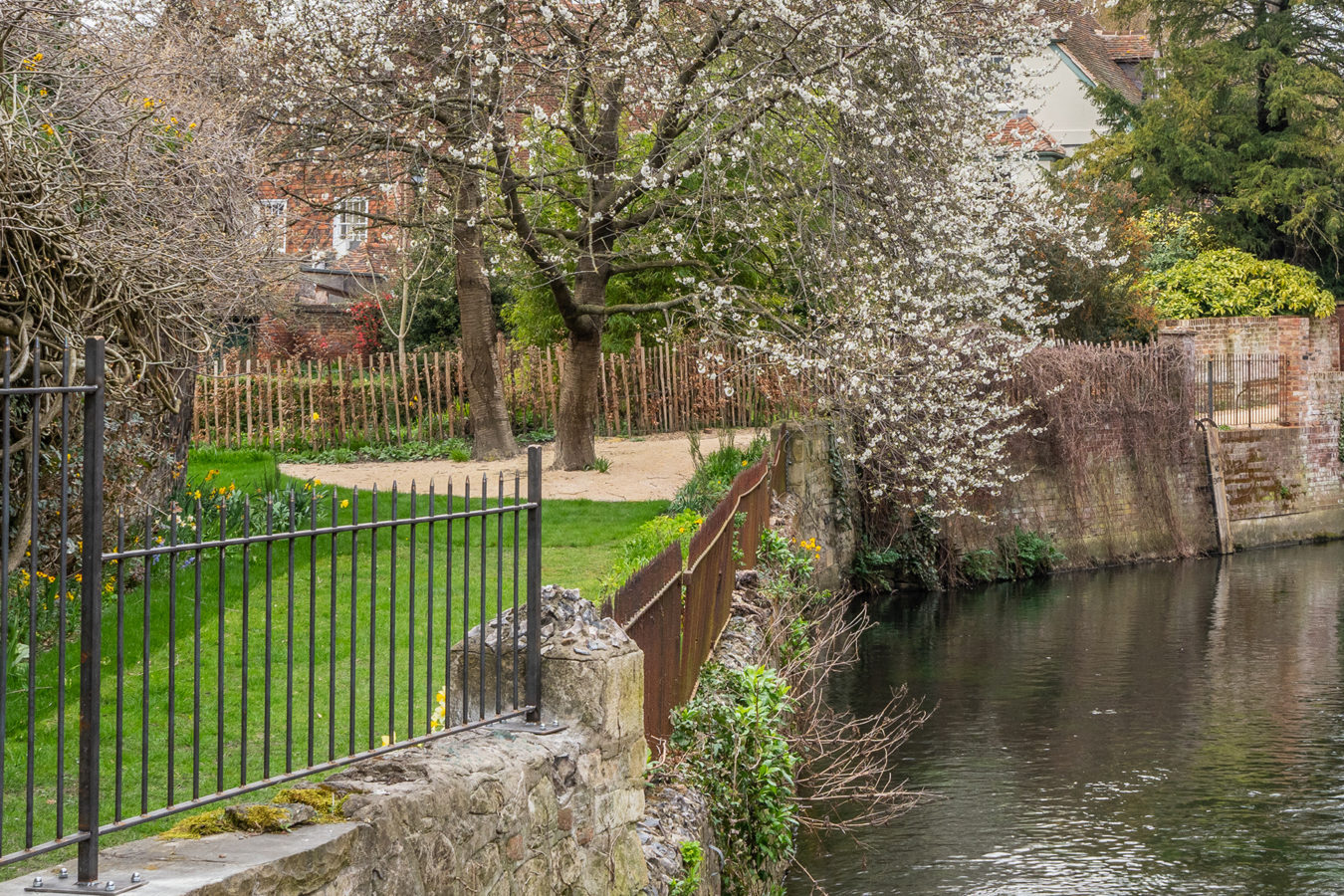This Week in The Garden…… 19th May 2022
It has been an incredibly dry, warm spring but as I write, I am very pleased to say that we have steady rainfall. It is desperately needed.
Although we try to be as efficient as possible with watering in the last few weeks we have had to resort to using the hose to keep the seedlings and newly planted young plants in the Cutting Garden hydrated and healthy. It is vital that they are watered in these early stages, to produce a strong, deep root system that will tolerate drought later.
We mulched the wide riverside border in the meadow area earlier in the spring and this has really helped the plants there to grow and thrive, even in the dry, hot weather. The whole border has filled out beautifully and it looking resplendent at the moment with the guelder rose (viburnum opulus) in full bloom. The white puffballs of flower against the lime fresh leaves look truly spectacular. The resilient lupins are sending up their colourful plumes, despite the fact in the last two autumns we have been digging them up to move them out of this border and into the Cutting Garden! Clearly we missed some and they are thriving so well that it now seems only right that they should stay as a reminder that this border was once full of them, in multicolours.
The irises are just finishing, but the deep jewelled colour that they brought to the garden will now be provided by the roses, which are having their first flush of blooms. Considering how dry and thin the soil is across the whole garden the old roses along the wall in the Cloister Garth and the new roses we planted last year in the oak tree border by the chapel and along the entrance path have all thrived. They are full of buds and will provide a glorious, blousy spectacle and perfume in the next few weeks.
Also in bloom are most of the sweet rocket (hesperis matronalis) plants which were eaten over the winter by hungry pigeons. We weren’t sure if they’d pull through, but the ones in the Cutting Garden are in full flower and seem to have not been too badly harmed. There are several on the entrance path that have not recovered so well, but we have raised more from seed and they will come through to flower next year.
Our Dyer’s Bed in the Cutting Garden is beginning to take shape. We have raised young plants from seed over the winter and although still quite small we hope that they will like the hot, dry conditions and flourish. The weld (reseda luteola) and dyer’s chamomile (cota tinctoria) are about to flower, the former produces a lime green, cool yellow dye, the latter a warm, orange yellow. There are also madder (rubia tinctorum) seedlings which give a true red, quite rare in dye plants; woad (isatis tinctoria) which everyone knows gives a blue dye and safflower (carthamus tinctorius) whose orangey thistle like tufted flowers give a saffron yellow – orange colour. As well as these we are growing several other more common plants that have been used through the ages for dyeing, that people may not associate with this particular use. Pot marigold (calendula officinalis) and chicory (cichorium intybus) give yellow dye, and alkanet (alkanna tinctoria) and borage (borago officinalis) give a lavender blue.
Tracey and Robert… the gardeners.









